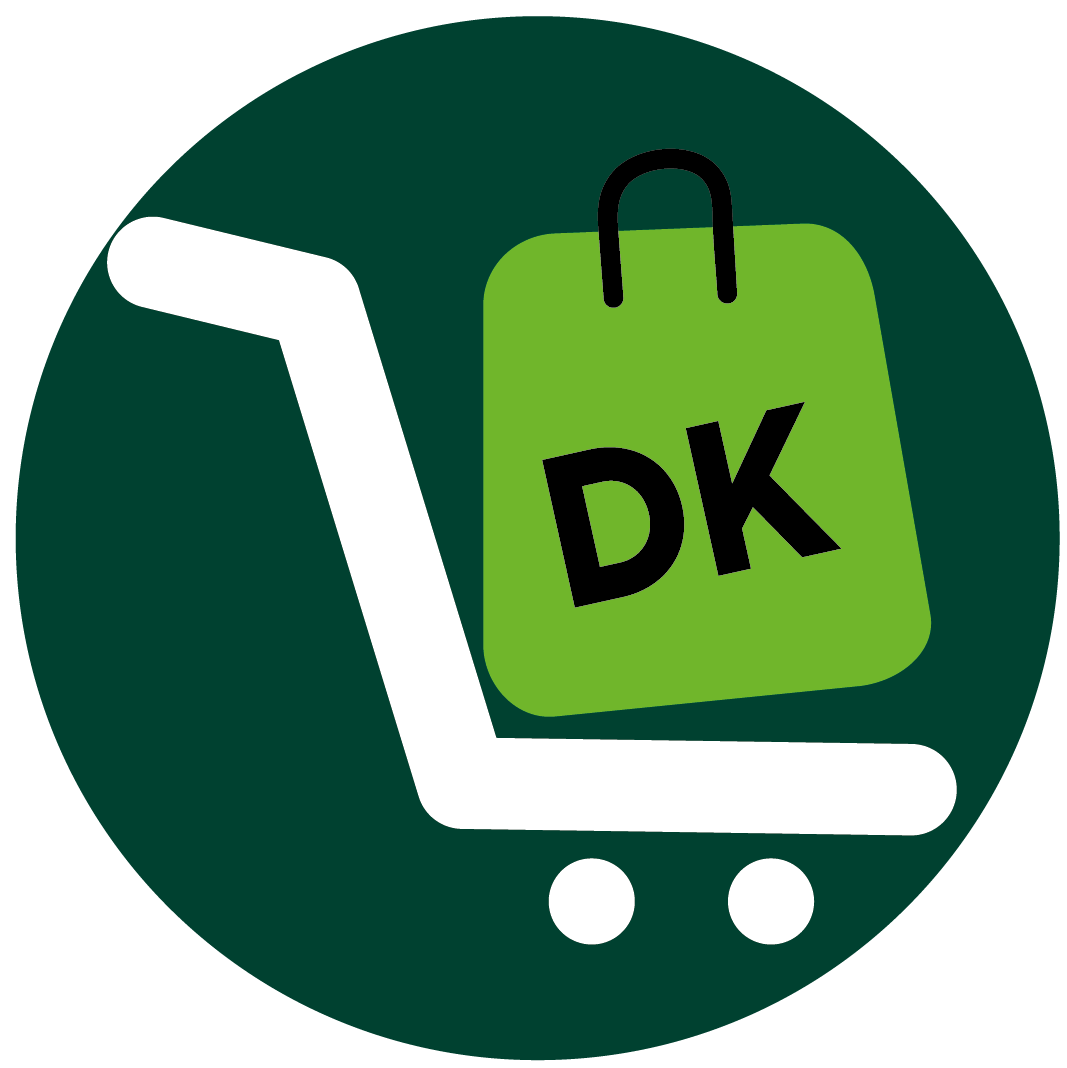Want to start a lucrative online store from scratch but don’t know how to begin?
If yes, don’t skip this article.
It covers everything you must know to properly kick things off—even with zero prior knowledge about ecommerce.
To thrive in ecommerce, set up an online store—that is, a website where customers buy goods or services directly from you—on platforms such as Shopify, Amazon, BigCommerce and WooCommerce.
To start your online store from A to Z:
- Know Your Target Audience
- Choose Products to Sell Online
- Select a Business Structure
- Pick an Ecommerce Platform
- Get a Unique Domain Name
- Make Your Online Store Stand Out
- Strategize Your Brand
- Select the Proper Brand Strategy
- Link a Payment Provider
- Work With a Supplier
- Promote Your Store
Let’s dive right in!
1. Know Your Target Audience
To start a profitable online store from scratch, carefully identify your target audience, as this intel helps you channel your ad campaign effectively.
Pay attention to important demographic and behavioral factors—such as age, location, gender and employment status—to kick things off the right way.
Use market survey tools like Google Trends and Ubersuggest’s Keyword Tool to find relevant keywords to which your store wants to associate itself.
The cool thing is, both tools perform different but correlated functions.
Google Trends helps you know what is currently trending in the market—including hot products—while Ubersuggest’s Keyword Tool predicts your niche’s future wants and needs.
2. Choose Products to Sell Online
To successfully start an online store as a beginner, be picky about the products to sell—call that “niche.”
Speaking of niche, you have two options to pick from: generic and niche-specific products.
Preferably, go for niche-specific products as they are available in limited stock and come from a few suppliers. Consider products like custom T-shirts, software and custom-made gift items that appeal to your target audience and give you control and brand identity in the marketplace.
Use tools like Amazon to zero in on specific products.
Browse through Amazon’s product categories to find top-performing commodities within your niche and narrow your search to subcategories to find targeted sub-niches.
Semrush comes in handy here, as it gathers data from any ecommerce store including its traffic source, products it promotes, and its most viewed products.
Use these two tools to find relevant data on your target audience’s thoughts and needs.
3. Select a Business Structure
To begin a thriving online store from A to Z, clearly define your business structure as this process gives your company a legal foundation.
Get the necessary legal formation documents from your state’s department authorities—and make sure you get all relevant business licenses and permits.
Visit the U.S. Small Business Administration’s website to get a comprehensive list of requirements.
When it comes to business legal structure, choose one of four options: sole proprietorship, partnership, limited liability company or corporation (S corporation or C corporation)
Make sure you pick a business structure that fits your long-term and short-term business plan.
Your call!
4. Pick an Ecommerce Platform
To kick off a lucrative online store from scratch, choose the right ecommerce platform. Maybe you’re thinking that’s not a biggie—but truth be told, the ecommerce platform you choose for your store plays a pivotal role.
Choose a platform that comes with customizable templates along with a library of stock images that allow easy optimization.
Also, pick a platform that allows you to link payment channels to your store with reduced fees on sales.
You wouldn’t want to get stuck on payments. Would you?
Whatever you do, pay attention to these three platforms:
a. Amazon: Amazon comes with two selling plans—individual and professional plans. The individual plan comes with a $0.99 fee plus an additional selling fee per item sold, with estimated sales of less than 40 items per month. While the professional plan comes with a $39.99 fee plus an additional selling fee per month.
b. WooCommerce: An open-source ecommerce platform for SEO with customizable features. It gives you flexibility in running your online store for business, receiving secure payments, and configurable shipping options.
c. Shopify: An easy-to-use, customizable ecommerce platform that comes with business tools and plugins, and allows you to integrate your social media accounts for business promotions. You can also link payment methods to your store.
5. Get a Unique Domain Name
To start a revenue-generating online store from scratch, get a unique domain name.
Choose a memorable name—make it a one-word or a compound word brand name. It’s easier to remember that way.
Make sure your brand name relates to your niche and industry. Note that a product-related name essentially communicates about your business, especially to prospective buyers.
Use tools like Business Name Generator for inspiration—and take advantage of SEO tools like Semrush and Google Trends to identify terms customers are searching for within your niche.
Choose GoDaddy if you plan on hosting your domain name outside your online store, instead of hosting it on popular platforms like Amazon, WooCommerce and Shopify.
6. Make Your Online Store Stand Out
To start an online store from scratch, differentiate your store from competitors’. Be clear about what you sell. Visitors should, within seconds, tell what your brand represents.
Make your online store SEO-optimized and responsively crafted to fit all devices—laptops, desktops, iPads or Phones, especially on mobile devices.
Indicate a clear call-to-action to guide your customers while in your store. Add unique product descriptions so you can increase your return rate and visibility.
The goal is to make sales and profit, right?
7. Strategize Your Brand
To build a lucrative online store from scratch, develop a unique strategy for your brand. Don’t operate like everyone else. Be different! Make sure you include your web address, invoices, emails, shipping materials, and marketing campaigns in your brand.
Craft a unique business logo and use a fitting color combination for your branding. Develop a unique writing style and tone for your product description and content creation.
These things are key to creating a unique brand for your online store.
To start an online store from scratch, craft your store to stand you out from your competitors. Be clear about what you sell. Visitors should, within seconds, tell what your brand represents.
Make your online store SEO-optimized and responsively crafted to fit all devices—laptops, desktops, iPads, or Phones, especially on mobile devices.
Ensure you indicate a clear call-to-action to guide your customers while in your store. Add unique product descriptions—this increases your return rate and visibility.
The goal is to make sales and profit.
8. Select the Proper Brand Strategy
To build a profitable ecommerce store from scratch, develop a unique strategy for your brand. Don’t operate like everyone else.
Be different!
Make sure you include your web address, invoices, emails, shipping materials and marketing campaigns in your brand materials.
Craft a unique business logo and use a fitting color combination for your
branding. Develop a unique writing style and tone for your product description and content creation.
These things are key to creating a unique brand for your online store
9. Link a Payment Provider
10. Work With A Supplier
To start a profitable online store, work with a supplier who has credibility in the industry—and can manufacture, store, and ship products to customers on your behalf.
Choose products to sell, fix custom prices and place them in your store. When a customer places an order and pays for a product, you send the customer’s order—including their payment—to your supplier who will in turn ship the product directly to your customer.
Use tools like Spocket, Modalyst and DSers to find reliable suppliers for different products within your niche. Check suppliers with great feedback scores and extensive business history—they are more reliable to work with.
11. Promote Your Store
To start a well-paid online store from scratch, find promote it.
You don’t want your business to go unnoticed, right? Then get things running.
Use email campaigns—they’re also cool! Email campaigns connect you with your customers and direct them to your landing page. Install email plugins to automate your email collection process so you can promote your store at a low cost.
Don’t forget to SEO your store; optimize your descriptions for your site page and meta titles and include Google Business Profile and Google Shopping as tools to help customers search your store locally within the US and beyond.
Recap
To start an online store from scratch, identify your target audience and decide the products to sell. Choose a business structure, find a reliable ecommerce platform to build your store, and get a unique domain name.
Craft your online store and strategize your brand. Also, link a payment provider to enable you to send and receive payments on transactions.
Finally, get a supplier to work with and promote your store to reach your target audience.














